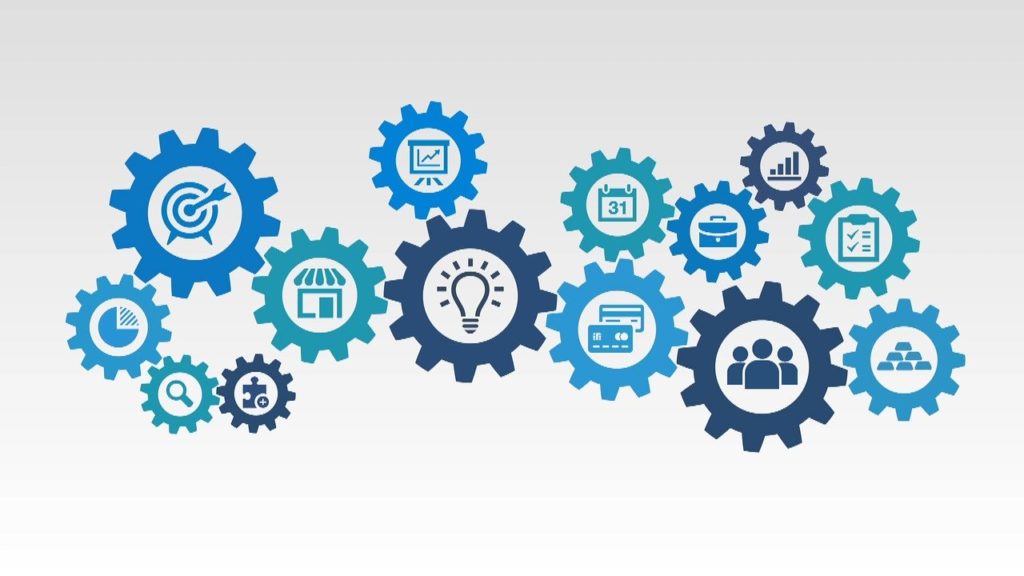As the limits and opportunities of automation and AI have become more apparent, workers are increasingly eager to embrace automation. A recent study by Salesforce found that 89% of workers reported being more satisfied with their job roles as a result of workplace automation. Many cited that automated tools saved them time and stress at work, allowing them to focus on business-critical tasks and have a better work-life balance. Especially appreciated by workers were automated tools that manage simple repetitive (but time-consuming) tasks, such as paperwork processing and data entry or transfer.
And yet, the public sector has been slower to adopt the hyper-automation strategy of enterprises. Public sector organizations have turned to enterprise-ready tools to advance their digital transformation and save time and money. However, many public sector organizations and government agencies struggle to attract top IT talent to create and implement workflow management, leaving organizations under-resourced, and unable to provide their constituents with the digital interactions they have become accustomed to in their day-to-day lives. Tools like eSignature and no-code/low code workflows eliminate the need for expensive or unavailable IT talent and help improve digital interactions between the organization and the people they serve. However, tools like eSignature and no-code/low code workflows can help to address some of these challenges.
Consider tax forms as an example: every year, there is a glut of news stories decrying the lengthy wait times taxpayers must contend with during tax season. The influx of 1099s, 1040s, and other tax forms usually seem to overwhelm the IRS in a good year. However, a January 2022 news report by USA Today found that the agency was still contending with unprocessed tax forms dating from 2020.
When Family and Community Services (FACs), a government agency in New South Wales, Australia, instituted their ChildStory program in 2017, they had very specific needs for their document management tools. Their existing tools couldn’t search PDFs, black out sensitive information, or collect eSignatures – which made the task of managing and referencing hundreds of legal documents an administrative challenge of its own. They needed a tool that could relieve workers from manual searching by:
- Integrating with their existing platform
- Providing PDF search and editing capabilities for caseworkers
- Collecting eSignatures
- Storing and securing sensitive information
Automated workflow solutions and eSignature tools can support workers by alleviating the burden of the administrative tasks associated with their essential functions. Automation and eSignature solutions can optimize data collection and validation, allowing workers to “set it and forget it.” Once a template is created and deployed to the user base, automated tools guide users through the completion process (correcting errors before they’re done), direct completed forms to the appropriate departments, and pull data from those forms to share with other applications (think MS Excel or CRMs). The previously mentioned Salesforce survey also found that workers overwhelmingly trust automated tools to complete tasks accurately and believed they improved cross-team collaboration. Other benefits cited by those surveyed were a positive impact on their personal satisfaction with work, ability to devote time to learn new skills, and achieve a better work-life balance.
Another major concern for IT in the public sector is data safety, with cybersecurity threats, both internally and externally, becoming increasingly quotidian. In response, many federal and state governments have created cybersecurity task forces, hired expert advisors, and introduced new legislation to bolster cybersecurity efforts. eSignature tools offer security protocols and encryption options that regulate document access and ensure compliance with applicable laws. This reduces the potential for documents to be accessed by unauthorized individuals and protects governments and citizens from having sensitive information made public. Tools that offer strong security features at the outset – and continuously update to keep pace with changing regulations and needs – will need to be adopted by the public sector.
All in all, governments must adopt automation conscientiously to address the needs of their employees and the citizens they serve. These institutions stand to gain higher constituent and employee satisfaction, increased productivity and more efficient processes, and decreased security risks. The potential to improve government work from the inside and out is a key reason to embrace automation.
- How Automation and eSignatures can Improve Employee Satisfaction - April 25, 2022
- Automation Hasn’t Peaked Yet: What to Expect in 2022 - December 7, 2021
- The Power of the No-Code Developer - March 31, 2021



